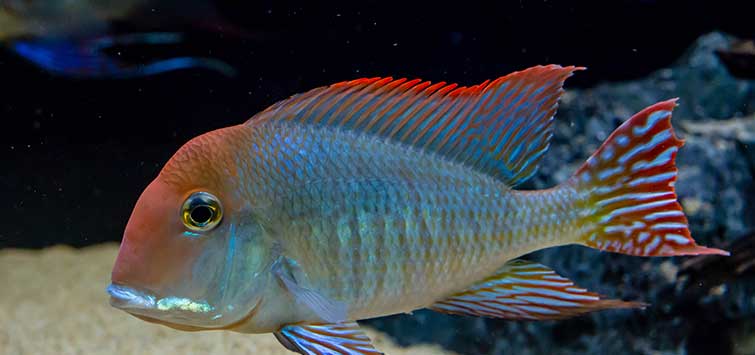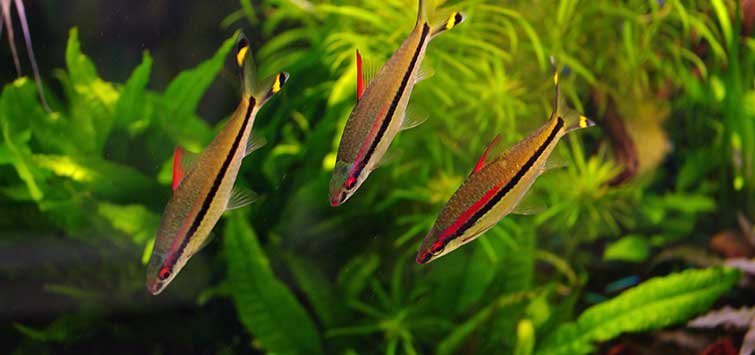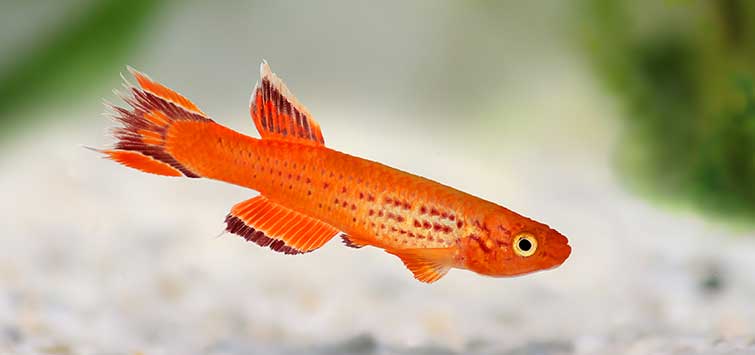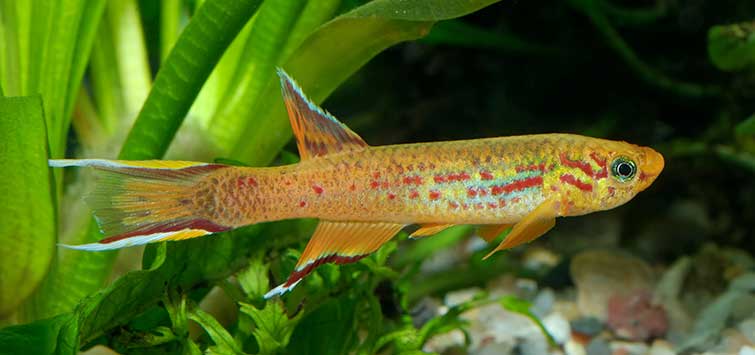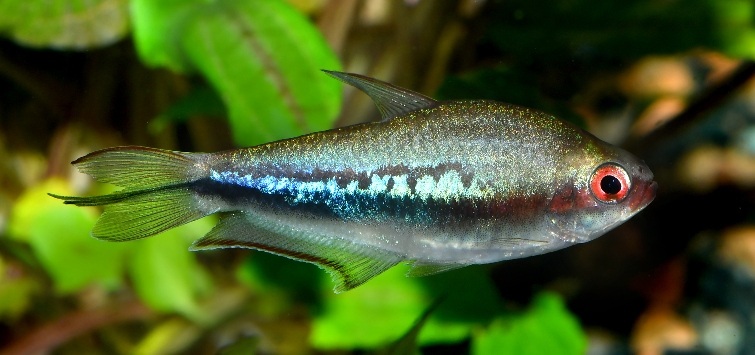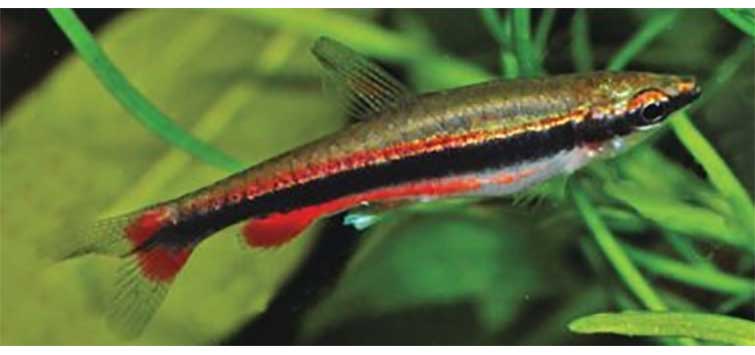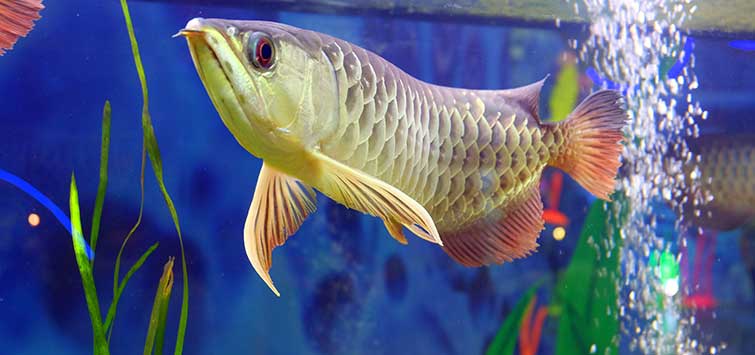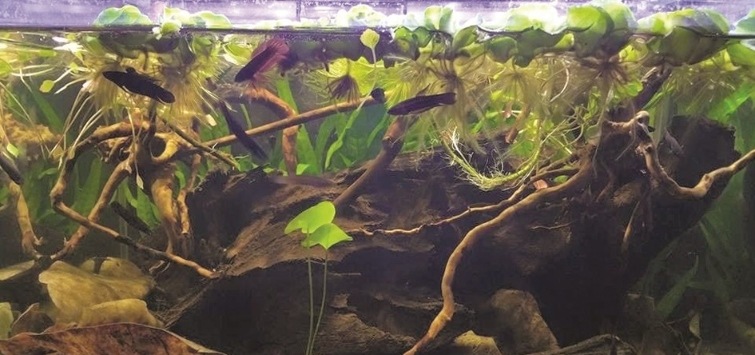-
10 Fish That Every Hobbyist Should Try
Although beautiful, goldfish aren't the only aquarium fish worth keeping. Here are ten of the best aquarium fish for freshwater tanks.
-
10 Big, Beautiful Barbs for Larger Aquariums
Barbs are some of the most popular aquarium fish, but there are some lesser-known gems out there. These are our ten favorite barb fish species.
-
Admiring Aphyosemion australe
The Cape Lopez lyretail (Aphyosemion australe) has been known in the hobby for over a century. Our author explores the reasons behind this killifish's immense popularity.
-
A Fish- Export Bottleneck: Barcelos
A fish importer reports on a busy hub of the export trade where a yearly festival at Barcelos celebrates the local ornamental fish industry.
-
African Plant-Spawning Killifish
Not all killifish are annuals. Many African killifish species can live for much longer through plant-spawning.
-
All Hail the Emperor Tetras!
Although many tetras can be found in just about any pet store, emperor tetras are some of the best under-the-radar options. Learn more about these regal fish!
-
Anything but Tetras! The Joy of Keeping Pencilfish
Pencilfish make a great alternative to common tetras. Here, we dive into the care of these little beauties.
-
A Rare Experience With an Endangered Species
Endangered and illegal to keep, the Asian arowana is one of the most fascinating fishes in the hobby. Two longtime fishkeepers had the rare opportunity to keep eight arowanas.
-
Aquascaping a Southeast Asia Biotope
If you’re looking for a new way to give your fish tank some flair, a Southeast Asia biotope is sure to turn heads! Discover this elegant aquarium design style.
Search returned 364 results

.png?h=595&iar=0&w=2781&hash=5FD5E69473BCC22199FBFA2FB71B6033)


